
An international hotel chain is investing in tourism in Kenya. Tune Hotels, based in Malaysia, opened a hotel in Nairobi, Kenya last July. The hotel chain is focused on giving travelers the bare necessities in exchange for a reasonable price, similar to low-cost airlines such as Spirit Airlines.
Nairobi, in particular, has become an attractive site for foreign direct investment as opposed to simply development aid. Tune Hotel is just one example of foreign direct investment, another of which is China’s investment in infrastructure in Kenya.
The target market for this hotel chain is business travelers since they normally do not use all the services they pay for at a normal hotel. Business travelers, both local and foreign, make up about 70 percent of Tune Hotel’s guests.
In addition, business travelers comprise about 95 percent of hotel bookings in Kenya. Business travel spending accounted for 37.5 percent of all tourism spending in Kenya in 2015 and is expected to rise due to increased flights between Nairobi, China and the Middle East.
Kenya has a growing middle class, which has led to a rise in domestic tourism. Kenyan tourists make up around 60 percent of the guests at Tune Hotels, and about a third of Africans have entered the middle class over the last 10 years. The Kenyan Tourism Board launched a campaign in 2013 called “Tembea Kenya” or “Tour Kenya,” which is a campaign targeted at the nation’s own middle class.
The tourism industry, which consists of hotel jobs, travel agents and leisure activities, is expected to create around 275,000 jobs in Kenya by 2025. Tourism in Kenya makes up about four percent of the gross domestic product. Thus, foreign investment in this sector is crucial to its growth.
– Jennifer Taggart
Photo: Flickr
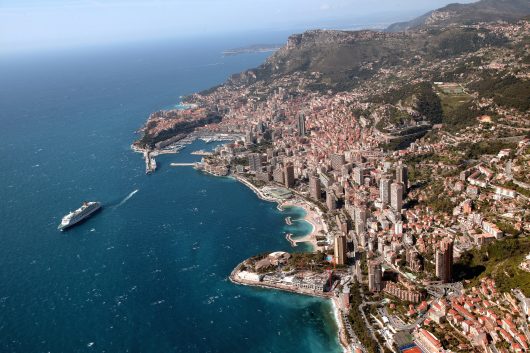

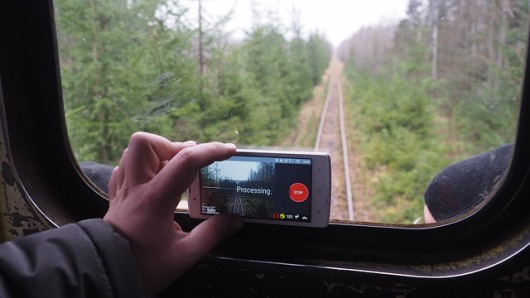 In spite of modern digital services like Google Street View, many locations in developing countries, such as Dar es Salaam in Tanzania, remain inaccessible to much of the world.
In spite of modern digital services like Google Street View, many locations in developing countries, such as Dar es Salaam in Tanzania, remain inaccessible to much of the world. President Obama’s visit to
President Obama’s visit to 
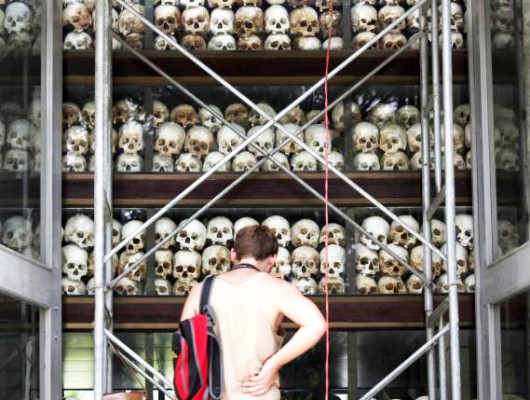 Forty years ago, a massacre took place in
Forty years ago, a massacre took place in  What is voluntourism?
What is voluntourism?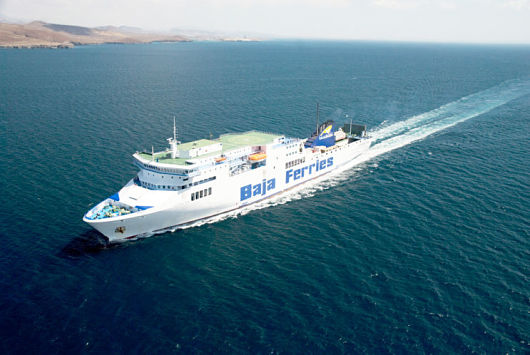
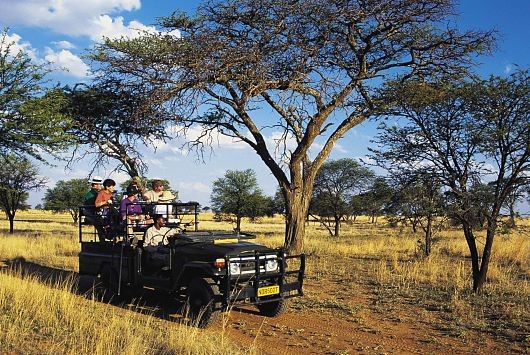 Millions of people travel around the world every day, whether for work, vacation, personal leisure or to visit family and friends. In less than a day, you can fly to any corner of the world you please; you can go to sleep on a flight leaving from the U.S. and wake up in Europe or Asia. Advancements in international travel have shrunk the world, making once inaccessible regions open to tourists from all over the globe.
Millions of people travel around the world every day, whether for work, vacation, personal leisure or to visit family and friends. In less than a day, you can fly to any corner of the world you please; you can go to sleep on a flight leaving from the U.S. and wake up in Europe or Asia. Advancements in international travel have shrunk the world, making once inaccessible regions open to tourists from all over the globe.